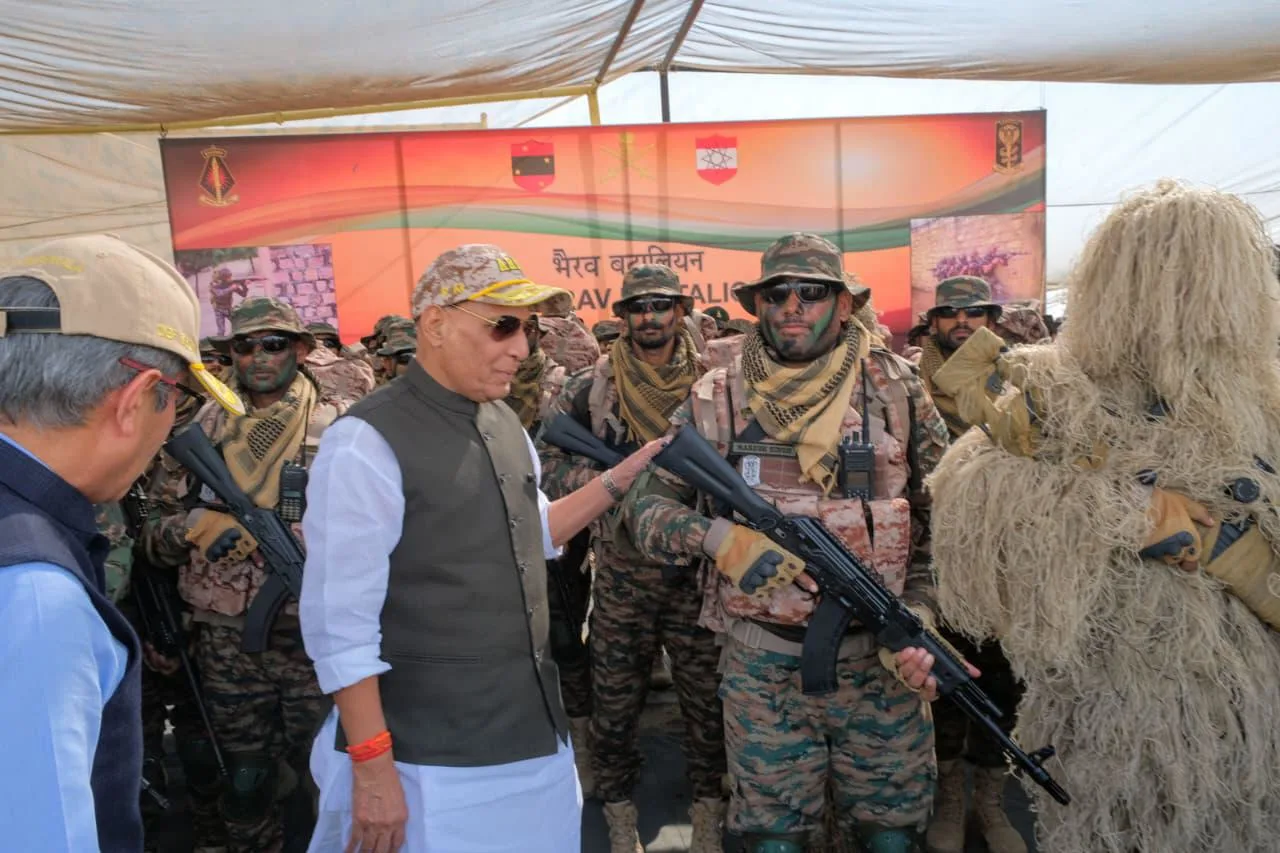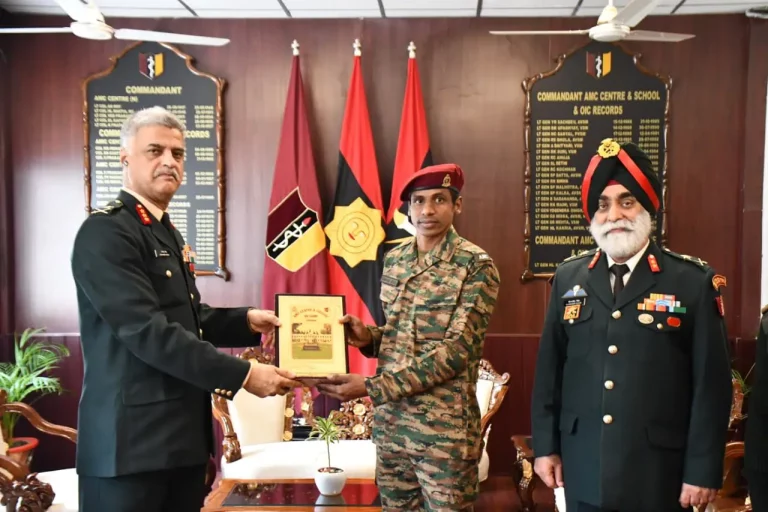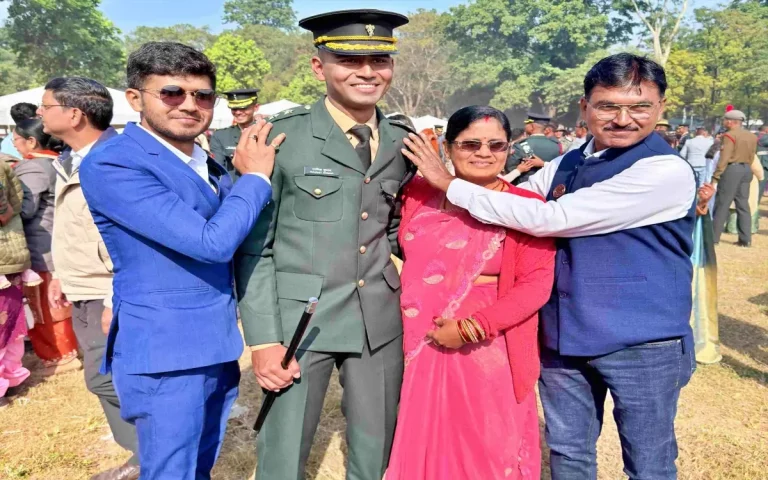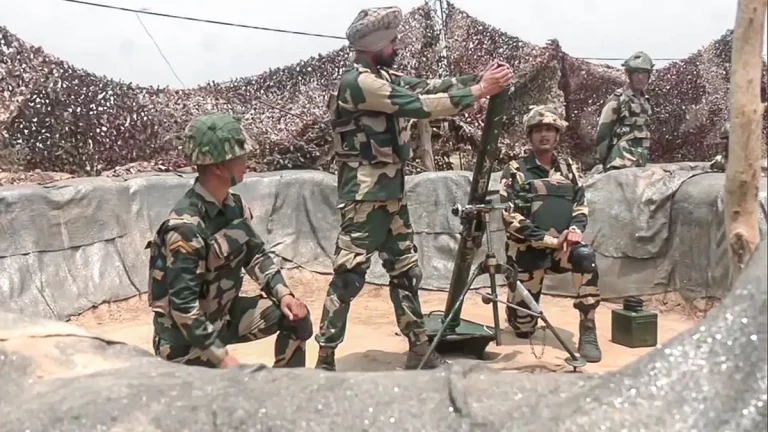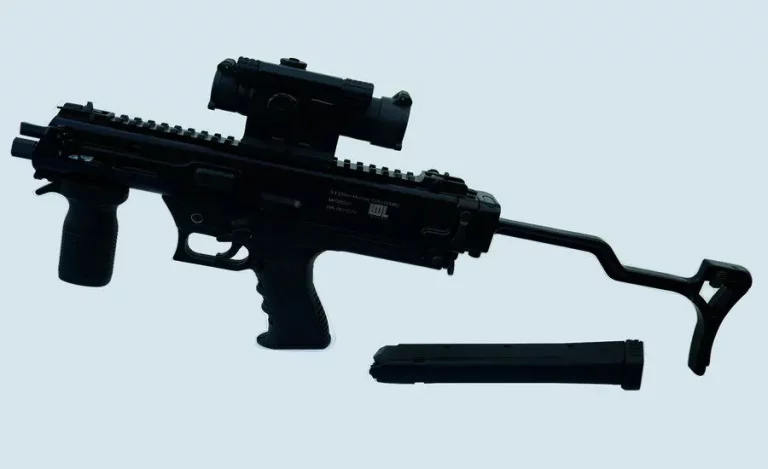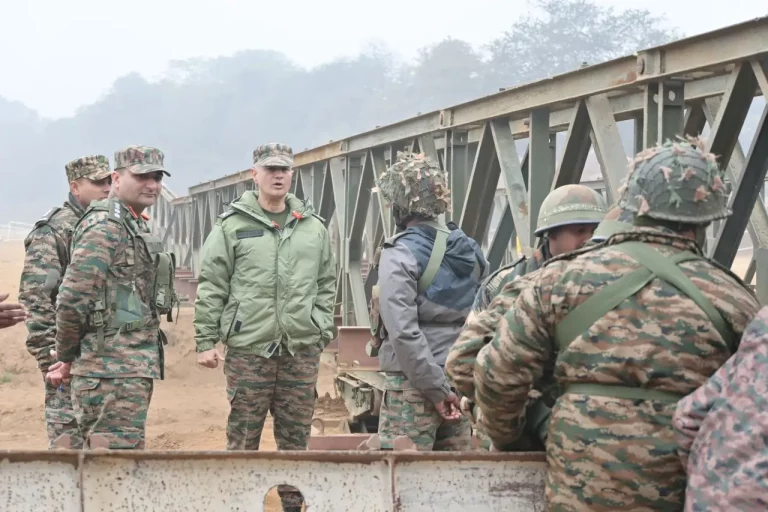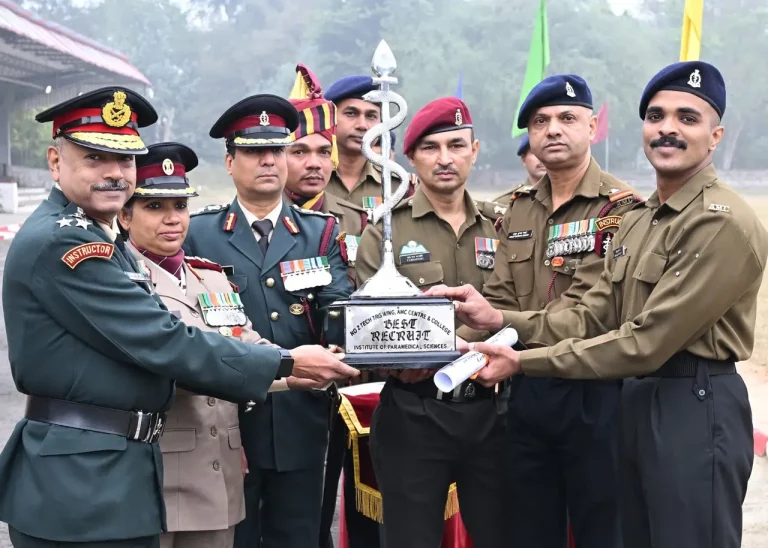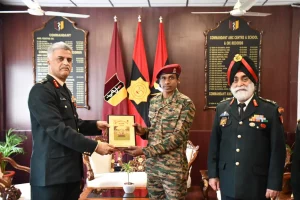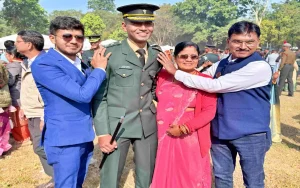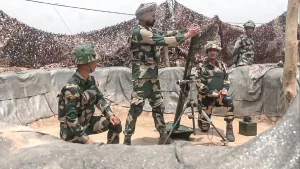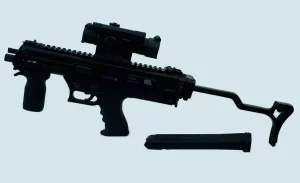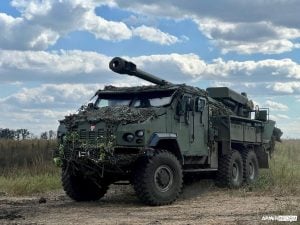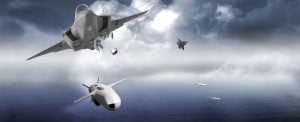In a significant demonstration of India’s bolstered border security measures, the Indian Army has unveiled the first official photographs of its newly established Bhairav Light Commando Battalions. These images showcase elite commandos engaged in high-altitude training exercises along the Line of Actual Control (LAC) and Line of Control (LoC). The visuals, distributed through the Army’s official communications, highlight the commandos outfitted in advanced camouflage gear and armed with state-of-the-art weaponry, marking a new phase in India’s special operations capabilities.
The battalions, named after a powerful form of Lord Shiva, were introduced by Chief of Army Staff General Upendra Dwivedi during the Kargil Vijay Diwas commemorations on July 26, 2025. Gen. Dwivedi characterized these units as “highly lethal special forces” intended to execute surprise operations against adversaries at the border. With each battalion consisting of just 200–250 personnel—significantly smaller than the traditional 800-strong infantry units—these forces offer a potent combination of integrated expertise drawn from various military domains, including infantry, signals, artillery, and air defense.
Photographs captured during live-fire exercises in the challenging Himalayan landscape display commandos performing precision drone-assisted strikes, infiltration drills under the cover of night, and swift heliborne insertions. One notable image depicts a team of Bhairav operators scaling steep cliffs under the watchful eye of drones, their faces camouflaged for stealth and wearing night-vision goggles. Another significant screenshot shows a fireteam deploying loitering munitions from elevated platforms, emphasizing the unit’s focus on utilizing technology for enhanced operational capability. These images provide a human face to the commandos, projecting a pivotal message to potential adversaries amid rising tensions with both China and Pakistan.
As of now, five Bhairav battalions have been established, trained, and assigned to distinct operational areas, as confirmed by Lieutenant General Ajay Kumar, the Director General (Infantry). These units became operational as of October 1, with full combat readiness expected by the end of the month. The training process lasts between two to three months at regimental centers, followed by specialized attachments with elite Para-SF units to enhance their skills for deep strikes, unconventional warfare, and high-impact tactical operations in mountainous terrains. By 2030, the Army envisions the establishment of 23 such battalions, reconstituted from existing formations under a cost-effective “save and raise” framework that requires no new personnel influx.
This unveiling aligns with broader military reforms, which include deploying ‘Ashni’ drone platoons throughout all 385 infantry battalions and forming ‘Rudra’ all-arms brigades for cohesive mechanized warfare. Lt Gen Kumar elaborated on the Bhairav battalions’ role in rapid response, stating that these multi-domain combat units aim to achieve quick results while minimizing the logistical demands typically associated with full battalion groups.
Military analysts regard the Bhairav initiative as transformative for India’s strategic handling of threats on two fronts, merging the agility of Special Forces with the endurance of traditional infantry. “These commandos are not merely soldiers; they serve as a force multiplier for contemporary warfare,” remarked retired Lt Gen Prakash Katoch, highlighting their capacity for modern combat scenarios. As the unveiled photos gain traction on social media, they invoke a sense of national pride and determination, serving as reminders of the guardians forged in the crucible of Kargil’s legacy.
The Indian Army has committed to providing further updates as additional battalions become operational, but for the moment, these first images stand as a powerful testament to a more assertive and seasoned frontier force. In a landscape marked by hybrid threats, Bhairav transcends mere nomenclature; it embodies a clear signal to adversaries.
